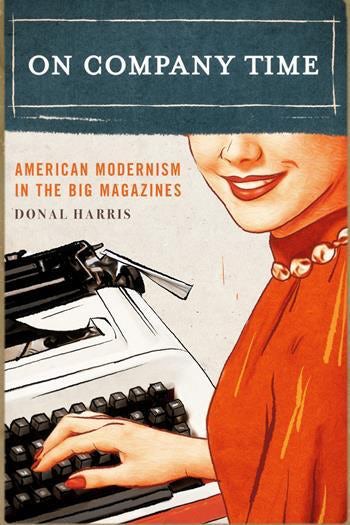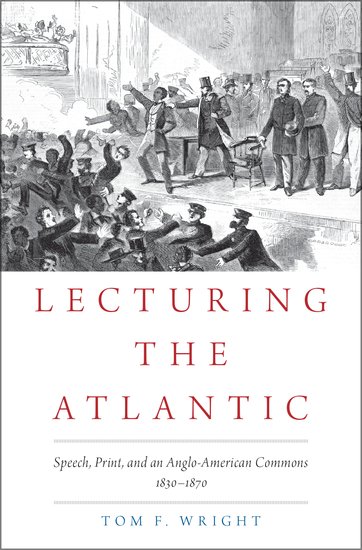“‘If you wish to write about your children, may we suggest Ladies’ Home Journal? We are a literary magazine’” (156). The above statement, received by American Pulitzer Prize winner Sharon Olds and recorded by Tessa Jordan in Feminist Acts, situates the need feminists felt to create their own magazines in Canada in the 1970s. At the time, women had scant few spaces in which to display their creative output and political opinions, and many women suffered from the assumptions of editors and art critics that their works were simply not as good as those by men. If that was true for women in the dominant print culture of the United States, what were feminists in the Canadian Prairies meant to do? It is against this backdrop that the Canadian feminist periodical Branching Out appeared.
Tag: periodicals & news
Graham Thompson, Herman Melville Among the Magazines
The book details the practices and priorities of an evolving US periodical culture by elaborating Melville’s “embeddedness” (8–13) within it. The method foregrounds Thompson’s expert command of the author’s correspondence, publishing relationships, and bibliography. The book takes a “writer’s eye” (7) view with accounts of Harper’s New Monthly Magazine and Putnam’s Monthly focalized through Melville’s transactions with the attendant circle of publishers, editors, and printers. ☛ ☞
Donal Harris, On Company Time: American Modernism in the Big Magazines
On Company Time: American Modernism in the Big Magazines provides a valuable addition to the history of American literary modernism by highlighting the ways it “evolve[d] within rather than against the mass print culture of its moment” (8). Using a “literary-historical interpretation” that seeks to transcend traditional periodical genres, Harris convincingly demonstrates the interrelationship between a subset of commercial periodicals he identifies as distinct for their focus on textual and visual style above content (which he labels “big magazines”) and stylistic innovations and cultural understandings of American modernism in the first half of the twentieth century.
Tom F. Wright, Lecturing the Atlantic: Speech, Print, and an Anglo-American Commons, 1830-1870
At a time when public figures, the media, and the public are locked in an ongoing daily battle to define the truth, it feels wise to draw our attention to the relationship among public figures, the media, and the public in a period other than our own. In his new book, Lecturing the Atlantic: Speech, Print, and an Anglo-American Commons, 1830-1870, Tom F. Wright does just that. Focusing on the defunct model of public programming known as the American lyceum movement, Wright seeks to demonstrate how the movement’s lectures, delivered by some of the most prominent public figures of the day, were not just local, rhetorical acts aimed at American nation-building, but fully “international and cross-media” (3). The arguments in Lecturing the Atlantic thus focus on either the ways in which the lectures were “international” or the ways in which they were “cross-media.”
Agatha Beins, Liberation in Print: Feminist Periodicals and Social Movement Identity
Agatha Beins. Liberation in Print: Feminist Periodicals and Social Movement Identity. Athens: University of Georgia Press, 2017. 240p., ill. ISBN…





